Disparate Elements: An Interview with Zae Tinaza by Pierre Crépon
Although most often running underground, the networks connecting people who have to do with jazz and improvised music are seemingly endless.
I first got in touch with saxophonist and multi-instrumentalist Zae Tinaza through Hasan Shahid, drummer of one of the great groups of free jazz’s most consequential years, the Black Unity Trio. Tinaza was born during that historic period, in 1966. He came in contact with the music as a teenager in the 1980s, in a corner of Washington State where other pioneers had arrived during a period of reflux. They were trumpeter Barbara Donald and saxophonist Sonny Simmons. In the following interview, Tinaza discusses where his path took him following this first encounter with jazz’s subterranean networks.
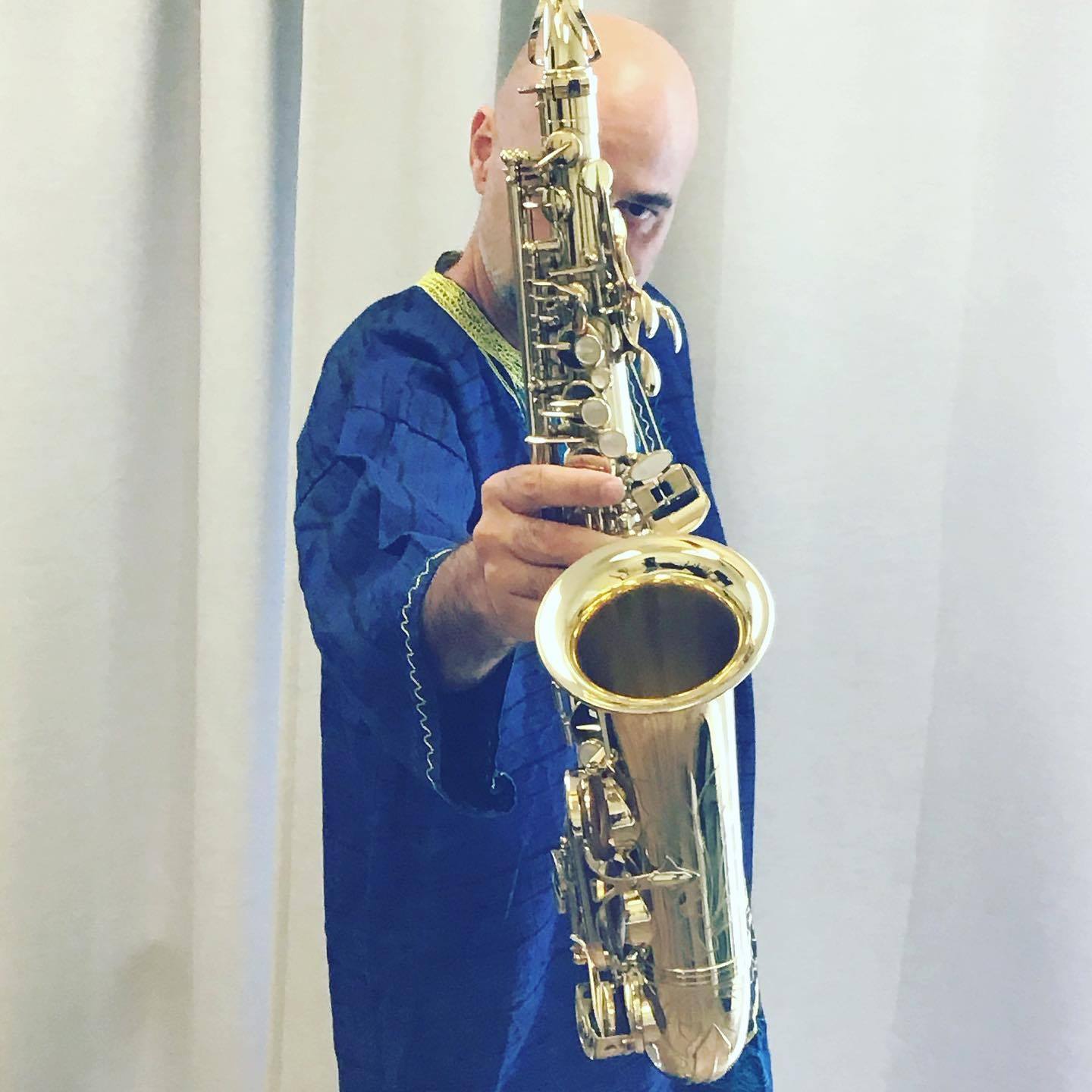
“I just worked really hard and obsessively at music”
Pierre Crépon: You’ve played a wide variety of music, do you remember when you first came in contact with avant-garde jazz, free playing?
Zae Tinaza: I was always drawn to experimental sounds, even as a youngster, but I first got introduced to avant-garde jazz when I was sixteen. It happened through my close high school buddy Zarak Simmons, who was the son of the great trumpeter Barbara Donald and the saxophone player Sonny Simmons. I lived across the street and through a field away from them, in Lacey, Washington. That was in 1981. We hung out often at each other’s home, and more than anything we would talk and dream about music. Zarak would play his parents’ music for me and other groups as well. I remember being moved by the music as well as being mystified and wondering what in the hell they were playing. It was a mystery and sparked my curiosity.
Crépon: Do you remember which recordings of Sonny and Barbara in particular you’d listen to? Other important ones by other musicians?
Tinaza: I remember Zarak playing a current rehearsal recording on cassette of them. I didn’t understand it, but I knew it was good. This was during my first year of really getting into music. At the time, the only jazz I was familiar with was the more straight-ahead stuff from school and Looney Tunes cartoons, or what my grandpa listened to, which was swing. I remember Zarak playing late period Coltrane. I believe it probably was ‘Meditations’. I would say it probably took me another twenty years to really get inside that music.
Crépon: This is a rather unique way to come in contact with the music, at the same time at great proximity, with a direct connection, and at much distance, with the generation gap. Did you feel the music was something distant, something already old, or something still living and close?
Tinaza: I felt the music was new and forward-looking. I knew it wasn’t old like my grandfather’s music. Shortly after Zarak and I became close friends, I was abandoned by my mother. That was also in 1981, and I was left living on the street. I needed to make money, so I joined a dance band, and it just so happened that our drummer was already an accomplished concert and jazz pianist. He turned me onto my first jazz theory book, Aebersold jazz Play-A-Longs, Charlie Parker, Mahavishnu Orchestra, and Chick Corea.
Crépon: Was Zarak already playing with his parents? I know they played together later on in the 1990s but I’m not sure when he started.
Tinaza: No, he wasn’t playing with them professionally at that point. He did end up doing a recording with his dad in the 1990s called ‘Ancient Ritual’.
Crépon: You play multiple instruments, what was your background as an instrumentalist at that point?
Tinaza: My very first instrument was drums, I started when I was five, after my grandfather bought me a drum set for Christmas. Like Cecil Taylor, I started out as a boy soprano. I began performing when I was seven, playing blues, folk, church, and choral music. Though I always preferred instrumental music, I was always the only one who could sing or who at least had the strongest voice, so I would always get stuck singing. Then I dabbled on saxophone, flute, and recorder, and studied guitar.
Crépon: What was the main thing when you met Zarak and his family?
Tinaza: I was drawn to the flute more than any other. I loved the sound and it was easy to carry around. I was small and the saxophone was huge and cumbersome to lug around. I can’t remember a time when I couldn’t pick up any of those instruments and just play them. That doesn’t mean I was necessarily gifted, I just worked really hard and obsessively at music.
Crépon: What were the next steps in your development as a jazz musician?
Tinaza: I started developing my jazz chops in that dance band. We played dance music and Top 40 stuff, it was easy, so I could work as a dance musician when my jazz chops weren’t up to par yet. I got really devoted to jazz in my first year of college, in 1985.
Crépon: Lacey is a suburb of Olympia, Washington, where Bert Wilson lived. He was renowned as a saxophone teacher and close with Barbara Donald, was he someone you came in touch with in that time frame?
Tinaza: Yes, Bert lived there, but I didn’t meet him at the time. I spent the last five years of his life with him at his house [Wilson died in 2013], studying and playing with him and some of his people every week. It was a very unique experience. I still play with some of his bandmates. Bert told me that he did remember seeing a scruffy little kid around Sonny’s place that was always carrying a flute and that he thought it might have been me.
Crépon: I would say that Bert was a musician whose reputation was established primarily among other musicians rather than with audiences. Would you say that’s correct?
Tinaza: Yes, he was mostly appreciated by musicians and he often joked about how he never made enough money to have to pay taxes. If it wasn’t for his inheritance and disability payment, life would have been even more difficult for him. He felt his disability held him back from doing a lot of the stuff he could have.
Crépon: Can you pinpoint what made him a special musician?
Tinaza: There were a few things that made Bert special. One, he expanded the range of the sax to well over five octaves with alternate fingerings which were different from [classical saxophonist Sigurd M.] Raschèr’s. Raschèr wrote the book Top-Tones for the Saxophone [I]. In fact, that book didn’t work that well for me, it was Bert’s ideas that really opened doors for me. Two, he took Coltrane’s multiphonics developments to a further place, developing an extensive amount of fingerings for two, three, and four-note multiphonics. He would spend hours just squawking and making crazy sounds just to explore multiphonics. He would actually apply multiphonics into tunes, not like most people just making noise, use them tonally in the tune. He said that he thought of the saxophone as actually two instruments, one being the regular saxophone with its traditional fingerings, and the other much like a bugle, based on the overtone series. He also was a brilliant composer and composed tons of tunes.
Crépon: What about his teaching?
Tinaza: He was definitely an excellent teacher and able to communicate his ideas well. Working with him was more intimate and hands-on compared to any teacher I ever had, with the exception of the Hindustani [classical] master G. S. Sachdev. With Bert, it was all about playing a lot together and with his group of friends. He didn’t teach by the hour. Bert would say, “don’t make any plans” on the day we’d get together, and he meant it because sessions would go on for hours. Our shortest session in those years was seven hours. The first time we got together, I will never forget it, we played and hung out for twelve hours without even a bite to eat. The next day, I canceled my move to Nashville because I knew I had to be there. Bert had a vast and deep knowledge of jazz, the whole history, and he knew more than you may believe about classical music. During my years with Bert, I transcribed to paper every note we played and transposed them to every key. So now I have a stack of his melodic ideas. Bert said only one other person in his life got so in-depth with his concepts. That happens to be John Gross who wrote the first book on multiphonics fingerings, based on Bert’s teachings. I have a copy of the book and sure enough John cites Bert in it [II]. I should also say that Bert, next to Eric Dolphy, had the most unique and personal sound you will ever hear. He sounds like himself, you can recognize his tone from just one or two notes. Lastly, Bert was a loving, giving and inspired person who could bring out the best in a musician. He always had a positive outlook on life, even considering the constant pain he lived in.
Crépon: What are the pieces of yours you’d recommend to someone who has not heard you before?
Tinaza: I would say, probably ‘Ritual Dance‘ and ‘Freedom Struggle‘ because both show my compositional style as well as my playing. When I wrote ‘Freedom Struggle,’ I was listening to a lot of Thomas Chapin, it was inspired by one of his extended arrangements on his record ‘Anima’. ‘Freedom Struggle’ has an awesome, somewhat all-star lineup consisting of master drummer Alan Cook, Nick Rawson on bass, and a young Ariel Calabria on guitar. Ariel was in Bert’s group [Rebirth] for ten years. Nick studied with Bert and would take part in the open jams at Bert’s studio and performance space, which was referred to by the name “The Bert Wilson University of Modern Saxophone Blowing” due to the fact it was always an educational experience being there, no matter who you were.
Crépon: Nice. Those pieces were released as stand-alone tracks, as far as full-length albums, what would you recommend?
Tinaza: I would have to say first ‘Live at Le Voyeur,’ with my group Mo’ Mod. Steps because it was recorded live and has that energy plus the excellent group of cats I mentioned above. The other record would be Nocturnalis, under my own name with the same group of guys. I would recommend that one because it is mostly free jazz. There is a lot of thought and preparation that went into that music. Each one of those pieces were based on very specific harmonic, melodic, and/or rhythmic concepts that were preconceived and rehearsed. Those central ideas then become vehicles or foundations for our improvisations.
Crépon: All those releases are on your own label?
Tinaza: Back in 2019, frustrated with the lack of opportunities, I decided to follow the lead of the DIY musicians that came before such as Sam Rivers, Mingus, and some artists associated with the AACM. I decided to start my own indie label called LCI Recordings to release my own material and the music of my associates. LCI stands for “League of Composers and Improvisers.”
“I always felt like I needed to be better and at a certain level”
Crépon: OK.
Tinaza: All the music above corresponds to a time in my life when I had gotten to a point where I wasn’t self-conscious anymore and became willing to even share my music. I adopted the idea to not be so judgmental and critical of myself, just love what you play and play what you love without judgment, just allowing the music to be, perfect or not. That was a big step, because before that I didn’t like to record or share my music. I always felt like I needed to be better and at a certain level. At some point I just lightened up and that is when more things really started happening for me.
Crépon: Can you tell me about your Native American background?
Tinaza: I am a mix: Italian, Swedish, Cherokee, and Osage. My great grandmother was full blooded Cherokee and Osage. She fell in love with a white man and was forever banished from her reservation and disowned. That’s how things were back then. A large part of my upbringing took part on the Skokomish Reservation [about 35 miles north of Olympia]. Back in the day it was more like a Third World country. In the 1970s,there was no law enforcement and a lot of drug abuse, alcoholism, and violence. It was literally like cowboys and Indians, with people getting shot and murdered. Police from the local towns were afraid to come out there, and if they did ride through the rez, their cars would get rocks thrown at them. Things dramatically changed for the better when the casinos came. The roads, housing, and education today is not what it was when I was young.
Crépon: How would you say this background interfaces with your music?
Tinaza: My music was always influenced by my Native upbringing. I used to practice for hours in the woods listening to the sounds of nature and to the animals, mimicking the birds. In a lot of my free and more abstract music such as the pieces titled ‘Deteriorations’ you will hear animal sounds that are a result of that time spent. I recorded a piece called ‘Sacred Pipe‘ in which I use a Native flute that was gifted to me and made by a flute maker from the rez I grew up on. That piece was inspired by Native music as well as John Coltrane. I spent a lot of time at powwows and in the smoke lodge growing up and was deeply moved by the music. ‘Ritual Dance’ is inspired by the Native spirit and dancing. My funk tune ‘Get Right’ was also directly inspired by reservation life. Things aren’t always rosy on the reservation, and from my experience not on any rez. ‘Freedom Struggle’ for me has always had two meanings, not just the Native struggle but humanity’s struggle to be free, and also the struggle to be free and different artistically, to break free of stereotypes and find an original voice.
Crépon: Some of the most important pioneers of avant-garde jazz had Native grandparents: Cecil Taylor, Don Cherry, Sunny Murray. Sunny said that his Native ancestry specifically influenced his sense of time — more than his sense of rhythm —, that Native rhythms are always very free [III]. Do you also see a connection between aspects of Native music and aspects of free jazz?
Tinaza: You can hear it in the jazz pulse and drums, for instance. I have always likened the basic jazz groove and syncopation to the Native drum beating to the fancy dancer’s routine. While the Native drum lays down the basic pulse, the dancers’ rhythm, along with the bells they usually wear, provides the syncopation that you hear in jazz. It’s uncanny to me, really. Maybe that’s another thing that has always drawn me to jazz. That’s a great question. That similarity is one of the things that has inspired me to combine so-called “disparate” elements into my music. I feel I have only begun to explore these realms and have yet to reach their full potential.
Crépon: I think I hear the connection you point to, with the jazz pulse. However, I don’t hear what Sunny spoke of regarding free time in the bits of Native music I heard.
Tinaza: I feel that the pulse and syncopation in the Native music is more related to the swing feel and the syncopation that goes on in that context. I think that free drumming is more related to the African roots. Every time I see the fancy dancers and hear the overall rhythmic effect of their dancing with the drums, I always hear the swing feel of jazz. Maybe it is just the way I hear it, I have never heard anyone else describe it that way before, but to me it is very profound and obvious.
Crépon: Interesting.
Tinaza: Regarding the Native influence in jazz, Jim Pepper is also a great source. He was from the Pacific Northwest and brought a lot of the music from his tribe into his jazz band. Also, even though Miles Davis is often cited as being the first jazz musician to bring electric fusion to the public, Jim Pepper had a fusion group called the Free Spirits in the early sixties.
Crépon: I remember Don Cherry stressing that point.
Tinaza: Jim is another American jazz tragedy as Bert would say.
Crépon: Can you break down in layman terms some of the concepts that are important in your playing and composing?
Tinaza: A good place to start would be intonation. That has been a central focus since the early days. My first love when I was a youngster was classical music and I studied and played a lot of early music, meaning baroque and pre-baroque, and intonation was of utmost importance. The tempered system that is in common use today still was not established, and much of that music was still “just” intonated. So, as wind players we had to learn to compensate for that with the breath and embouchure. Over time, you become familiar with the physical sensation of it and you can literally feel the difference between a just intonated or tempered tuning. There is a fourteen cents difference between a tempered and just intonation major third. A just intonation major third being fourteen cents flatter, or lower, than a tempered major third. So the physicality of intonation definitely informs everything I do, I tend to lean towards just intonation, especially on longer sustained sounds and chord tones.
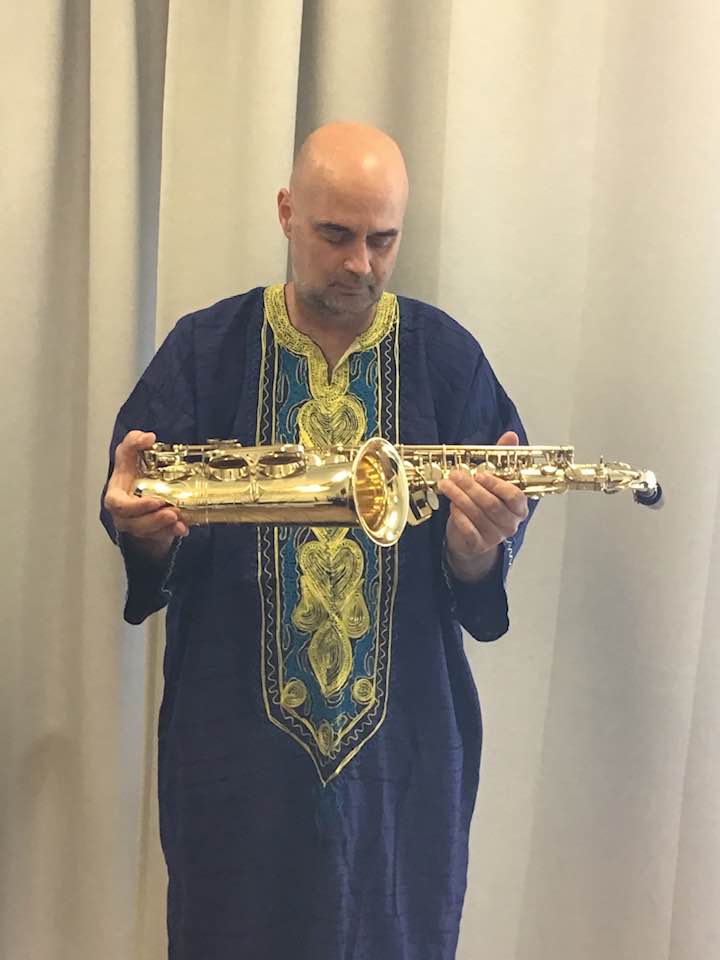
Crépon: I have to use the opportunity to mention saxophonist Jimmy Stewart’s classic essay “Just Intonation and the New Black Revolutionary Music” from 1968, which was recently reprinted by Blank Forms [IV].
Tinaza: Just intonation led to an interest in microtonality and to an understanding that there was also more of a range of sound than what we are often traditionally taught. Another important aspect for me in the improvising and composing process is applying extraneous sounds, what one might think of as nonmusical sounds. Combining so-called disparate elements, mixing the musics of different cultures, or playing an instrument in a nontraditional way. I think some of the concepts applied by the AACM have been hugely influential. Specifically the use of tiny instruments. I naturally gravitated toward them and began collecting my own when I was young, even before I knew about the Art Ensemble. Artists who combined elements of jazz and classical music such as Anthony Braxton, Dolphy, Mingus, Sam Rivers have had the biggest influence on my approach and style. And we can’t forget the sounds of the natural and not-so-natural world. The static and the grinding of the machine, if you will.
Pierre Crépon
Headline photo: Zae Tinaza (playing without a mouthpiece) live at The 23rd Annual Olympia Experimental Music Festival 2017 | Photo by Jeffrey D Harris | Courtesy of Zae Tinaza
I. First published in New York by Carl Fischer, 1941.
II. John Gross, Multiphonics for the Saxophone: A Practical Guide (n.p.: Advance Music, 1988).
III. Graham Lock, “Sunny Murray: Is It a Bus? Is It a Tiger?,” in Chasing the Vibration: Meetings with Creative Musicians (Exeter, UK: Stride, 1994), 119-26.
IV. James T. Stewart, “Just Intonation and the New Black Revolutionary Music,” The Cricket, no. 2 (n.d., ca. 1968): 11-15. In Blank Forms Editions Cricket reprint, pp. 62-66. On Stewart, see Pierre Crépon, “For a Very Short Period of Time: Jimmy Stewart, Western Temperament, and Black Cultural Nationalism, 1966-1971,” Snow lit rev, no. 11 (Spring 2023): 48-58.
Zae Tinaza Facebook / Instagram / Twitter / Bandcamp / YouTube

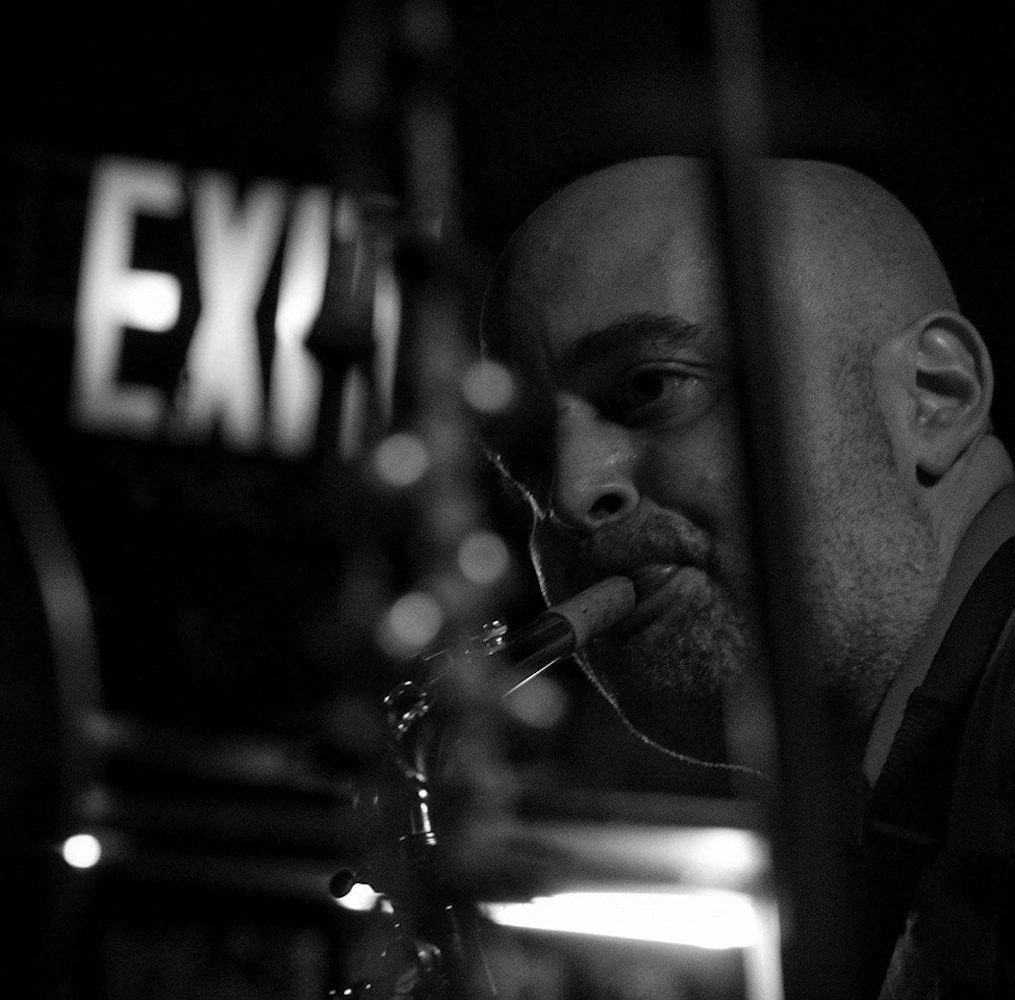

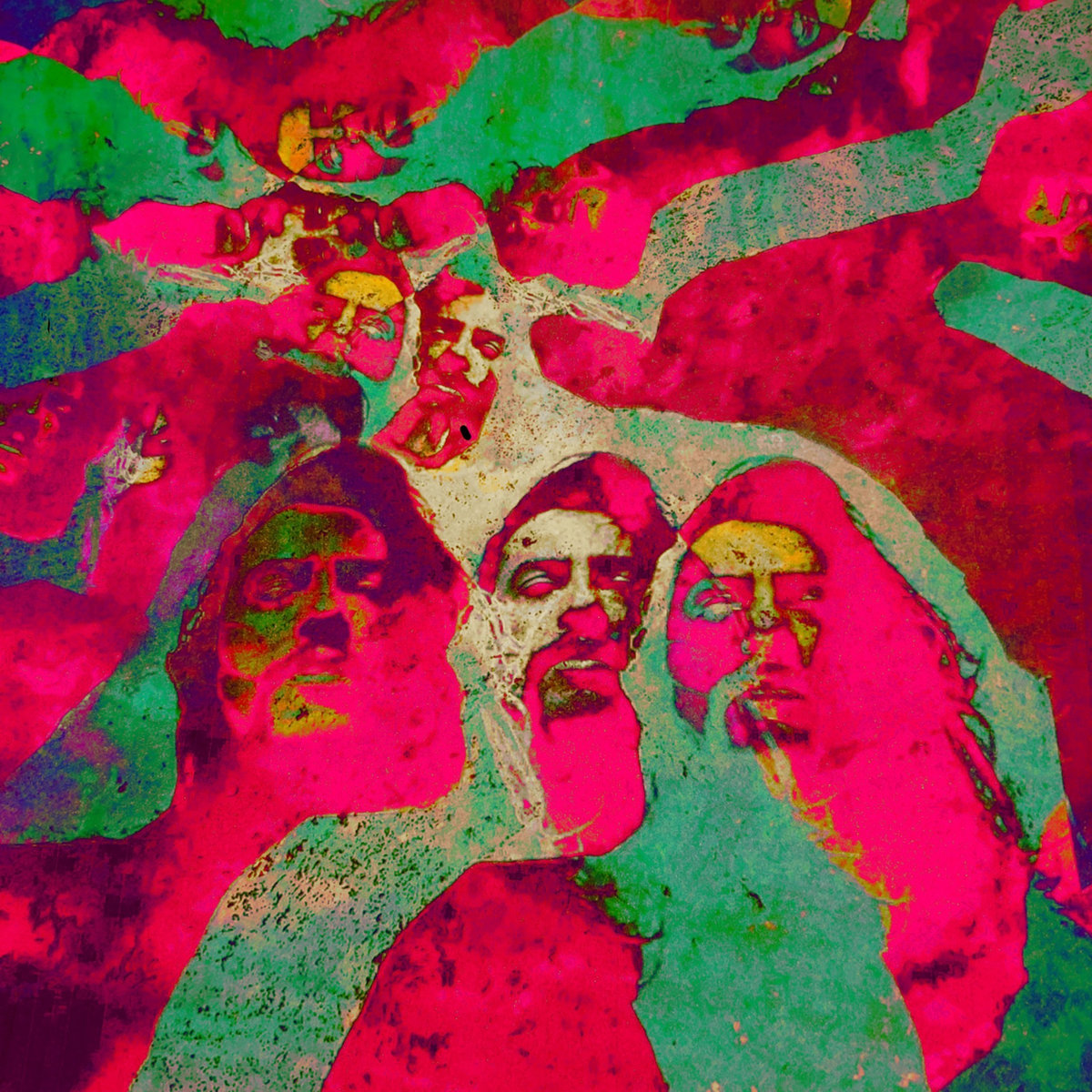
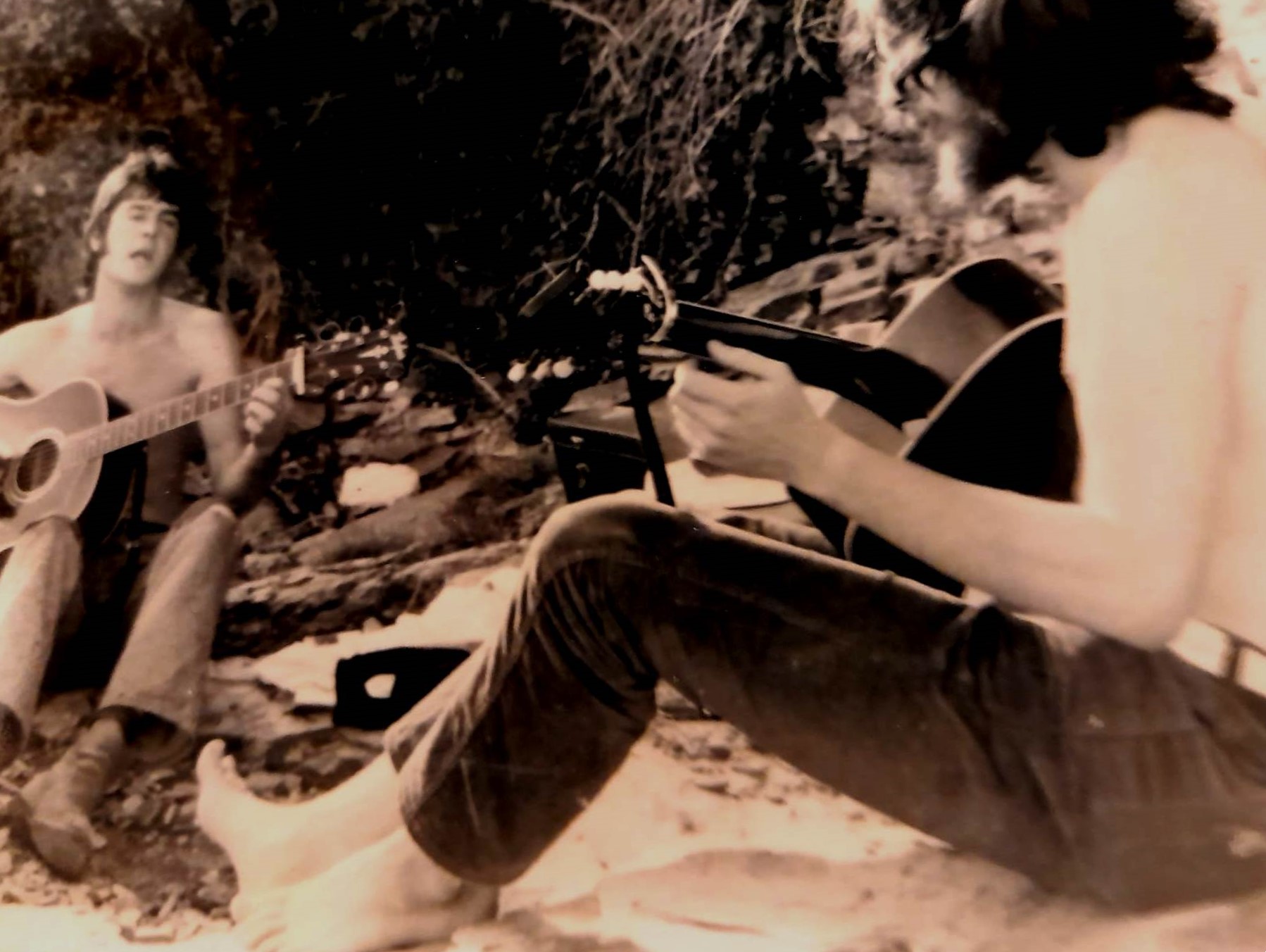
Excellent, I learned a lot—thanks, Pierre! And always nice to hear more about Bert Wilson and also Jim Pepper.